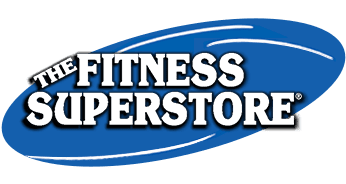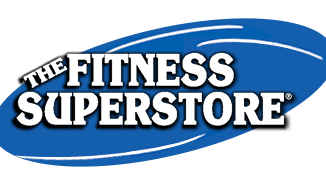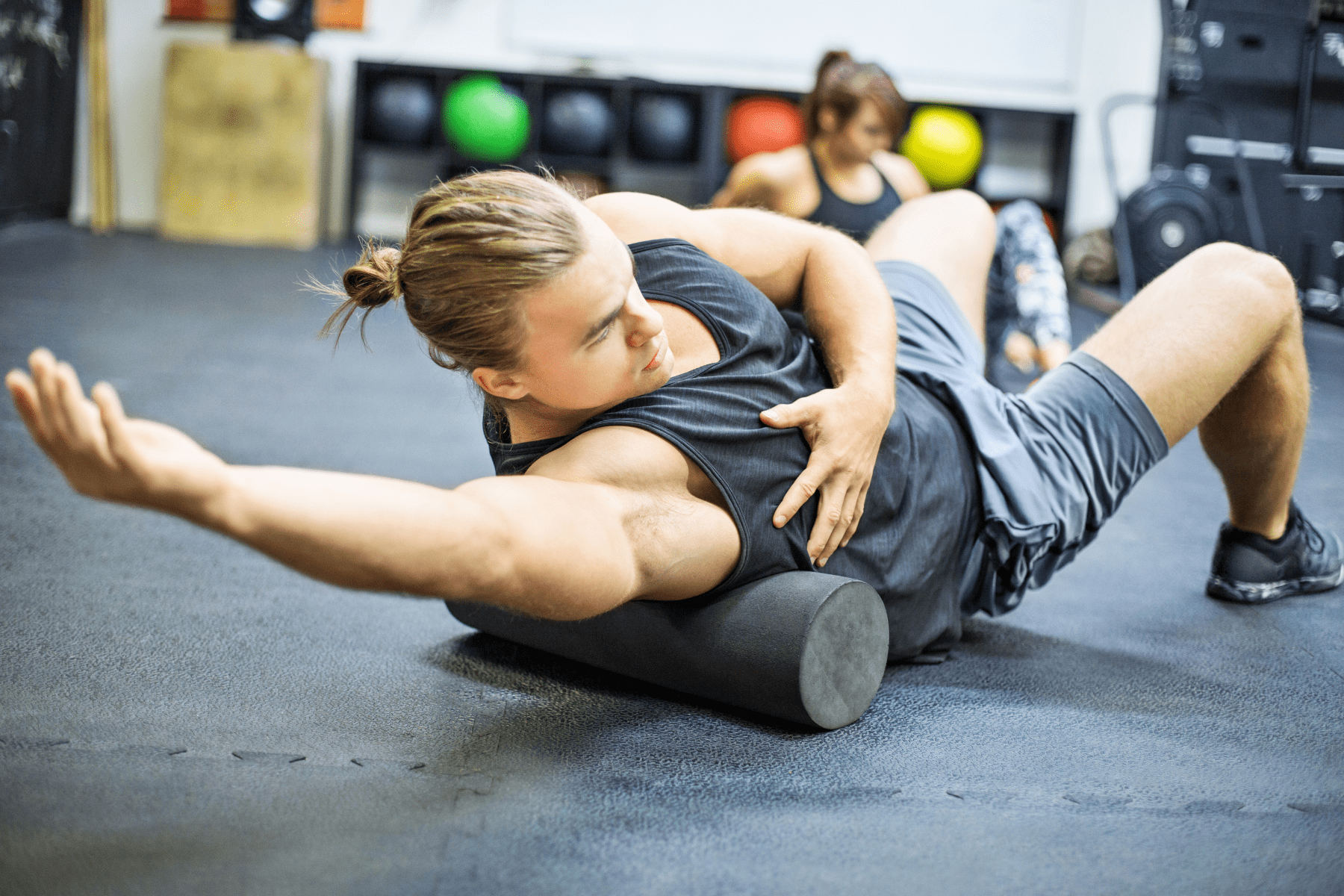Whether you’re bored by your regular home fitness routine, find that pain is limiting your range of motion during fitness activities, or want a more efficient way to warm up or wind down after a workout, fitness accessories such as foam rollers could be the answer.
Here, we look at the foam rolling fitness craze and why it might just be the perfect addition to your Albuquerque home fitness regime.
Understanding Foam Rolling
First, let’s look at foam rolling basics:
What exactly is foam rolling?
Foam rolling uses accessories for home gyms known as foam rollers. The cylindrical piece of compressed foam provides relief via myofascial release. It helps you work out the knots developed during your fitness routine, known as trigger points. These knots are “myofascial adhesions” created when connective tissue bundles together in response to physical activity or injury.
The Science Behind Foam Rolling
Foam rolling uses a back-and-forth motion to target painful areas using pressure for myofascial release. The release addresses your fascia, a layer of tissue surrounding muscles, providing a buffer for your organs. Physical activity can lead to myofascial adhesions that interfere with the smooth function of your muscles.
As a natural reaction triggered in the muscle-building process, your body repairs itself by forming new collagen fibers that can get tangled, causing knots. Foam rolling allows you to smooth and untangle the knots, reducing pain and improving mobility, muscle function, and range of motion.
Debunking common misconceptions about foam rolling
Here are some common misconceptions about foam rolling:
If I stretch, I don’t need to roll.
Stretching helps prevent post-workout aches and stiffness. However, adding foam rolling to your warmup and post-workout stretches improves flexibility while reducing muscle discomfort. As a result, you’ll enjoy and maintain a greater range of motion.
Foam rolling hurts.
Foam rolling tends to hurt more when you first begin rolling. However, as your body adjusts to rolling, discomfort fades, and you begin to appreciate the feeling of the release more.
I’ll see better results by rolling fast.
When you roll too fast, you can’t release the muscle. Therefore, using longer sweeping motions is best.
Rolling replaces forms of therapy.
Rolling is not meant to replace doctor-recommended therapies to help recover from injuries or treat other pain-related issues.
Benefits of Incorporating Foam Rolling
There are several benefits of incorporating foam rolling into your home fitness routine:
- Enhancing muscle recovery and reducing soreness
- Improving flexibility and range of motion
- Preventing workout-related injuries
- Targeting specific muscle groups used during your workout
- Reducing the chance of myofascial adhesions forming
- Increasing blood flow
- Improving elasticity of muscle tissue, joints, and fascia
- Facilitating muscle injury recovery
Tailoring Your Home Fitness Routine with Foam Rolling
Here are some common rolling exercises to include in your home fitness routine:
Quads
Lying in a plank position with the roller under your quads, use your arms and feet to roll yourself back and forth from just above the knees to your hip flexors.
Calves
Sit on the floor and place the roller under your calves. Lean back and support yourself with your arms, remaining in an upright position. Use your arms to move yourself back and forth over the roller.
Hamstrings
In a sitting position, extend one leg with the other comfortably bent out to the side. Place the roller under your hamstrings for the extended leg, and place your arms behind you to move yourself back and forth.
Back
Foam rollers for back pain relief are positioned beneath the area of your back, causing pain. Lying on your back with your knees bent and your arms on the floor or across your chest, you lift your bum to create a bridge and then use your legs to move back and forth, addressing the tight area.
Expert Tips and Best Practices for Effective Foam Rolling
Here are some tips and best practices for effective foam rolling:
- Use your foam roller before you stretch, right after your workout.
- Extend and stretch your targeted muscles while you roll, such as extending your foot and pointing your toe when working your calf muscles.
- Use slow, longer motions to ensure you reach the muscles above and below the worked muscle groups.
- Avoid rolling longer than a minute on any single area, and use a timer to make sure you never overroll.
Choosing a foam roller
When choosing accessories for home gyms, the foam roller requires denser foam; the more weight you carry to improve resistance. Also, rollers come in smooth or ridged/knobbed textures. Choosing a smoother finish for your first roller avoids unnecessary pain. Once you get used to rolling, you can consider texture to intensify your rolling experience.
When choosing gym accessories like foam rollers, The Fitness Superstore in Albuquerque carries a huge current inventory and the best low-price guarantee in the industry.
Visit our store or contact us today to shop for your fitness accessories in Albuquerque!



